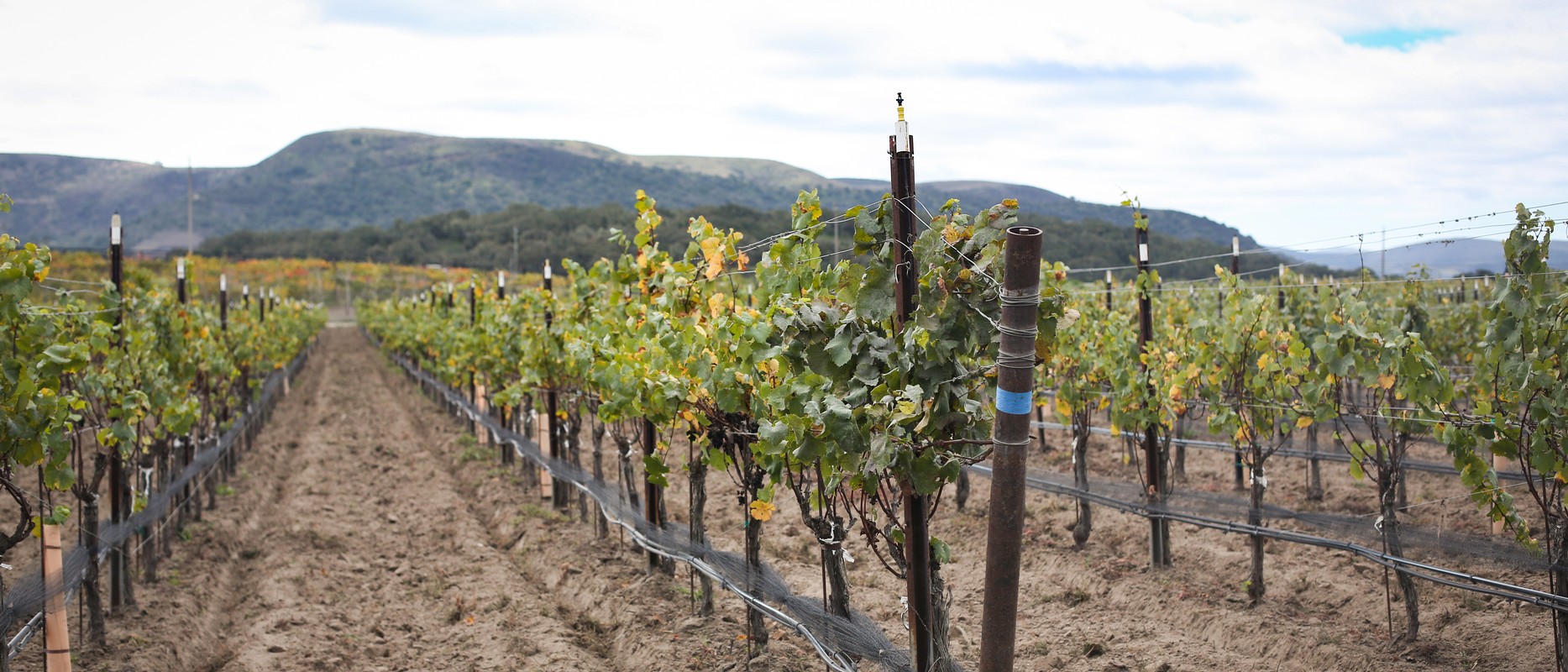a guide to the clones we work with
"In viticulture, a clone is a grape variety cultivar selected for specific traits. Usually, clones are propagated at research institutions and developed for positive attributes like high yields, disease resistance, or drought tolerance. To clone a grapevine, growers or scientists take a cutting from a living vine, known as budwood, and plant or graft it. In the process, they create a new, genetically identical grapevine with the same valuable traits as its parent." - Laura Burgess
chardonnay
Clone 4, Wente
This Wente selection is California's most famous Chardonnay clone. It's known for generous yields and boasts rich, tropical flavors with high acidity. We source this from both Clos Pepe and Spear Vineyards.
Clone 76, Dijon
This clone is native to the Dijon region of Burgundy, allowing it to naturally flourish in the cool climate of Sta. Rita Hills. An early ripener, we adore it for its aromatics and balance. It also bears lighter yields, contributing to a higher concentration of flavors and weight behind the wine. Because of that, we tend to use this primarily for Golden Slope, as it adds a bit more of that fattiness we're striving for in the wine.
Clone 96, Dijon
A favorite of our Winemaker's, James values this clone for it's ability to hang on the vine longer, as well as its slightly chalky texture, with notes of green on the palatte. This is what White Hill is built on and can be found primarily at Kessler-Haak Vineyard.
pinot noir
Clone 115, Dijon
Comprising of small, tight clusters and regular yields, we prize this selection for its heady aromas of black cherry, leather, and roses; totable tannins and flavors of cherries, blueberries, boysenberries and anise. Its balanced and ageable, making it no surprise that it's the most widely planted clone of Pinot Noir in California.
Clone 667, Dijon
Claimed to have gotten it's name because of the return address on the shipping container that held the original imported cuttings from Burgundy. It is characterized by small berries, which result in a more intense color than many Pinot Noirs, and good tannin structure suitable for aging.
Clone 777, Dijon
Low yields and thick skins lend to it's very dark and rich character. This clone is best utilized for blending with other Pinot Noirs, given that it can be overly-powerful, almost Cabernet-like. Nonetheless, it produces deeply aromatic nose of rhubarb, black cherry, pomegranate, guava, wood spice, and earth.
Clone 4, Pommard
This clone was among the first of the Pinot Noirs to arrive in California. Classic Pommard has notes of baking spice and a meaty/gamey edge. Juicy, dark red fruits, such as plum, and ample brightness and acidity lend to a balanced clone that often stands well on it's own.
